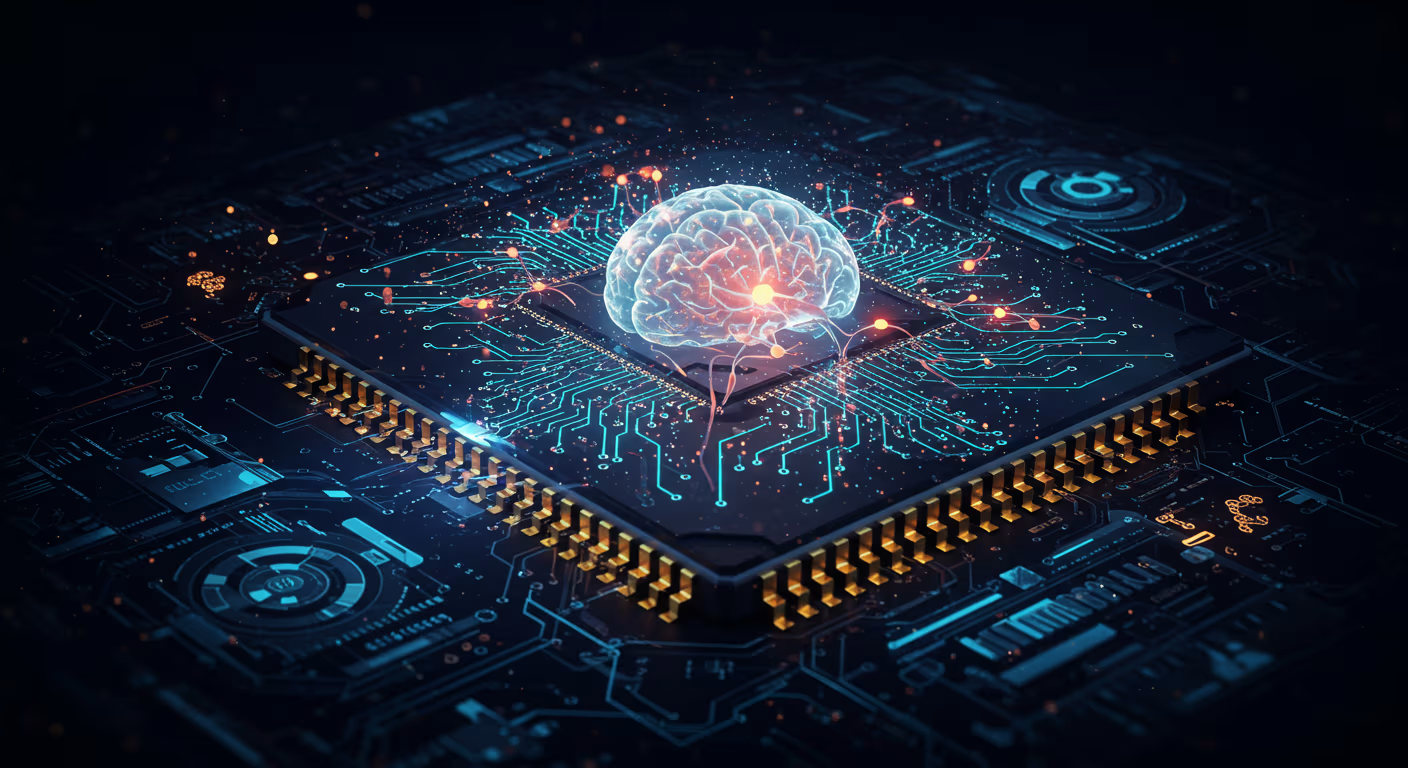As the demand for faster, smarter, and more energy-efficient computing grows, traditional architectures are beginning to show their limitations. The classic Von Neumann model, which has powered decades of innovation, is starting to struggle under the weight of modern artificial intelligence, edge computing, and big data workloads.
To meet the needs of the next technological frontier, researchers are looking to an unlikely but incredibly powerful source for inspiration: the human brain. This has led to the development of hybrid computing architectures and the rise of neuromorphic systems—computational platforms that blend traditional processing with brain-like structures to achieve more efficient, adaptive, and intelligent behavior.
These emerging systems are poised to redefine how machines learn, think, and interact with the world around them.
What Are Hybrid and Neuromorphic Systems?
Hybrid systems combine different types of processors or computational models to improve performance, flexibility, or energy efficiency. For example, a hybrid architecture might integrate a classical CPU with a GPU, FPGA, or specialized AI accelerator. The goal is to delegate tasks to the most suitable processor for optimal speed and power usage.
Neuromorphic systems, on the other hand, are inspired directly by the structure and function of the human brain. Instead of following linear, instruction-based processing, neuromorphic chips mimic the way neurons and synapses transmit and process information. They operate in parallel, adapt to patterns, and consume remarkably low power—just like the biological systems they’re modeled after.
Together, hybrid and neuromorphic systems represent a radical shift in computing: from rigid, sequential execution to adaptive, event-driven, and brain-inspired processing.
Why We Need New Approaches to Computing
Modern applications such as machine learning, robotics, natural language processing, and real-time sensing demand enormous amounts of computation and energy. Conventional silicon-based architectures face three major challenges:
- Energy inefficiency: Data movement between memory and processors consumes more power than computation itself.
- Latency and bottlenecks: The separation of memory and logic creates delays and slows down throughput.
- Lack of adaptiveness: Traditional systems are not well-suited to learning from dynamic, unstructured data in real time.
The human brain solves all of these problems. With roughly 86 billion neurons and trillions of synaptic connections, it performs massively parallel operations while consuming only about 20 watts of power—less than a standard light bulb.
Neuromorphic computing seeks to replicate this efficiency and adaptability, not just for AI but for a wide range of computing challenges.
How Neuromorphic Systems Work
Neuromorphic chips simulate neurons and synapses using spiking neural networks (SNNs). Unlike traditional neural networks that process information in continuous values, SNNs use discrete “spikes” to signal events—similar to the electrical pulses in the brain.
These spikes occur only when certain thresholds are met, allowing neuromorphic systems to:
- React to input only when needed, reducing unnecessary computation
- Operate asynchronously, enabling massive parallelism
- Learn on the edge, adapting to new information in real time
Neuromorphic hardware also integrates memory and processing on the same chip, reducing latency and energy use associated with data transfer.
Notable neuromorphic platforms include:
- Intel’s Loihi: A research chip with 128 neuromorphic cores capable of on-chip learning
- IBM’s TrueNorth: A chip with over one million neurons designed for ultra-low-power sensing and cognition
- BrainScaleS and SpiNNaker: European initiatives aimed at simulating large-scale brain-like networks
These platforms are still in experimental stages but show promise in applications like sensory processing, robotics, and adaptive control.
Hybrid Computing Architectures: Power Through Diversity
Hybrid systems don’t aim to mimic biology but instead focus on complementary strengths across processors. A common configuration might include:
- A CPU for general-purpose control logic
- A GPU for high-throughput parallel tasks
- An FPGA for reconfigurable logic
- An AI accelerator or TPU (Tensor Processing Unit) for deep learning inference
- Emerging neuromorphic cores for real-time, low-power pattern recognition
These hybrid systems can balance workloads dynamically, optimizing for power, latency, or throughput depending on the task. They are already widely used in smartphones, autonomous vehicles, smart cameras, and data centers.
In the future, we may see hybrid architectures that combine classical computing, quantum processors, and neuromorphic chips into powerful multi-modal systems capable of solving previously intractable problems.
Real-World Applications of Neuromorphic and Hybrid Systems
While still emerging, neuromorphic and hybrid systems are beginning to find real-world use cases in areas where traditional computing falls short:
1. Autonomous Robotics
Neuromorphic processors can interpret sensory data (e.g., vision, audio, touch) in real time while consuming minimal power. This is ideal for mobile robots or drones operating on battery constraints.
2. Smart Sensors and Edge AI
Neuromorphic systems allow devices like hearing aids, wearables, or smart cameras to detect anomalies or recognize patterns without sending data to the cloud—preserving privacy and reducing bandwidth.
3. Healthcare and Neuroprosthetics
Brain-computer interfaces and prosthetics can benefit from neuromorphic chips that interact more naturally with biological signals, enabling smoother and more adaptive control.
4. Cybersecurity
Hybrid systems can perform deep packet inspection and anomaly detection in real time, identifying threats without overloading systems.
5. Financial Analytics
Hybrid architectures enable faster simulations and forecasting by distributing data-heavy computations across optimized processors.
Challenges to Mainstream Adoption
Despite their promise, neuromorphic and hybrid systems face several challenges:
- Lack of standardization: Most neuromorphic platforms use custom architectures, making development fragmented and complex.
- Programming complexity: Spiking neural networks require new paradigms that are not yet widely taught or supported.
- Integration with existing systems: Adopting new architectures requires rethinking software stacks, tools, and workflows.
- Hardware availability: Neuromorphic chips are not yet mass-produced or commercially available at scale.
However, as AI demands grow and sustainability becomes a priority, these challenges are being met with increasing research, funding, and industry support.
Toward More Brain-Like Machines
Hybrid and neuromorphic systems are not meant to replace traditional computing but to augment it, providing specialized capabilities where conventional systems fall short.
In the coming years, we may see:
- Mass-produced neuromorphic chips in IoT devices
- AI applications that learn in real time from their environment
- Systems that combine neuromorphic, quantum, and classical processors
- Software platforms that make it easier to program and deploy brain-inspired models
This future is not just about faster processing—it’s about creating machines that are more adaptive, energy-efficient, and intelligent by design.





